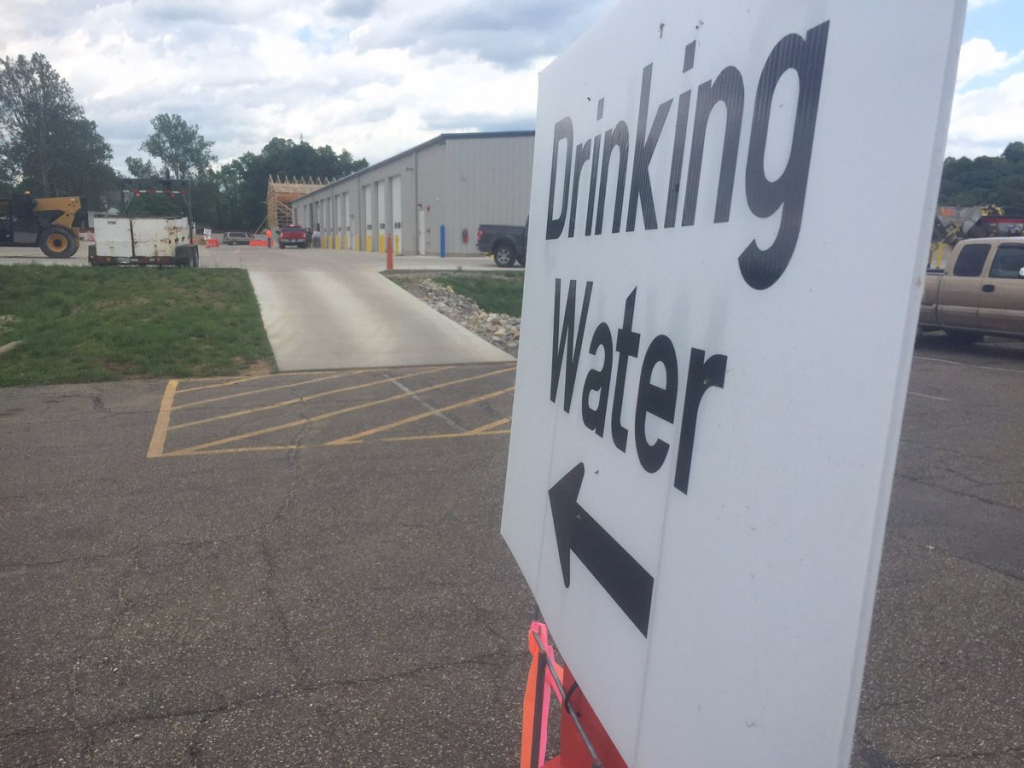News
Senators Seeking Faster EPA Action On PFAS Chemical Pollution
By: Brittany Patterson | Ohio Valley ReSource
Posted on:
A bipartisan group of U.S. Senators including West Virginia Republican Shelley Moore Capito this week introduced two bills aimed at further regulating a group of toxic chemicals known as PFAS.
The chemicals include PFOA, or C-8, used to make nonstick products and other similar chemicals used in flame retardants. They have been detected in at least 10 water systems in Kentucky, Ohio, and West Virginia. Exposure has been linked to some cancers and thyroid problems at very low levels.
The U.S. Environmental Protection Agency last year pledged to address the chemicals. In February, the agency released its long-awaited “PFAS Action Plan” that outlined steps it intends to take to address the public health impacts of these widely-used chemicals. EPA said it will begin the process of proposing drinking water limits by the end of this year. Environment and public health advocates say that timeline is unacceptably slow given the health risks and extent of contamination.

On Tuesday, Capito and Democratic Sen. Kirsten Gillibrand of New York introduced a bill that would mandate the EPA to set legal limits, or Maximum Contaminant Levels (MCLs), for PFAS chemicals in drinking water under the federal Safe Drinking Water Act.
The “Protect Drinking Water from PFAS Act of 2019” requires the final MCLs be issued within two years.
In an interview, Capito said while she has found EPA to be responsive, efforts to address PFAS contamination need to be more transparent and move more quickly.
“EPA has said they’re moving in this direction, but nothing moves and agency quicker or faster than a bill or than legislation that says you have to do this by date certain,” she said.
Environmental groups praised the legislation.
“This bipartisan, common-sense proposal should send a signal to the Trump administration that this out-of-control PFAS contamination crisis needs serious leadership from Washington,” Scott Faber, senior vice president for government affairs for the Environmental Working Group, said in a statement.
The non-profit this month updated its map of nationwide PFAS contamination. EWG estimates at least 610 locations in 43 states are known to be contaminated with fluorinated chemicals, including drinking water systems serving an estimated 19 million people.
Similar bipartisan legislation was recently introduced in the House.
A hearing in the Senate Committee on Environment and Public Works on these and related bills is set for next week. It follows a hearing this week in the House.
Transparency
Capito and Gillibrand introduced another bill, the “PFAS Release Disclosure Act” on Thursday, with co-sponsor Sen.Tom Carper, a Democrat from Delaware. It aims to improve the availability of information about the use and release of PFAS chemicals by adding hundreds of substances to a federal chemical database called the Toxics Release Inventory.
Capito said regulating these chemicals as a class was the easiest way to address them.
“I think we have incomplete information here,” she said. “This isn’t an issue that we feel that we’re fully informed on and I think that’s part of the reason you’ve seen a quick succession of legislation move forward.”
She also noted more work needs to be done to help communities with contamination with what are often costly cleanup efforts.
Some municipalities in Ohio and West Virginia have been dealing with PFAS contamination for decades, including Martinsburg in the Eastern Panhandle of West Virginia.
Last year, the city sued the Air National Guard to recover millions of dollars spent to install a water treatment system at the city’s water filtration plant after PFOA and PFOS from firefighting foam used by the Air National Guard infiltrated the water supply.

